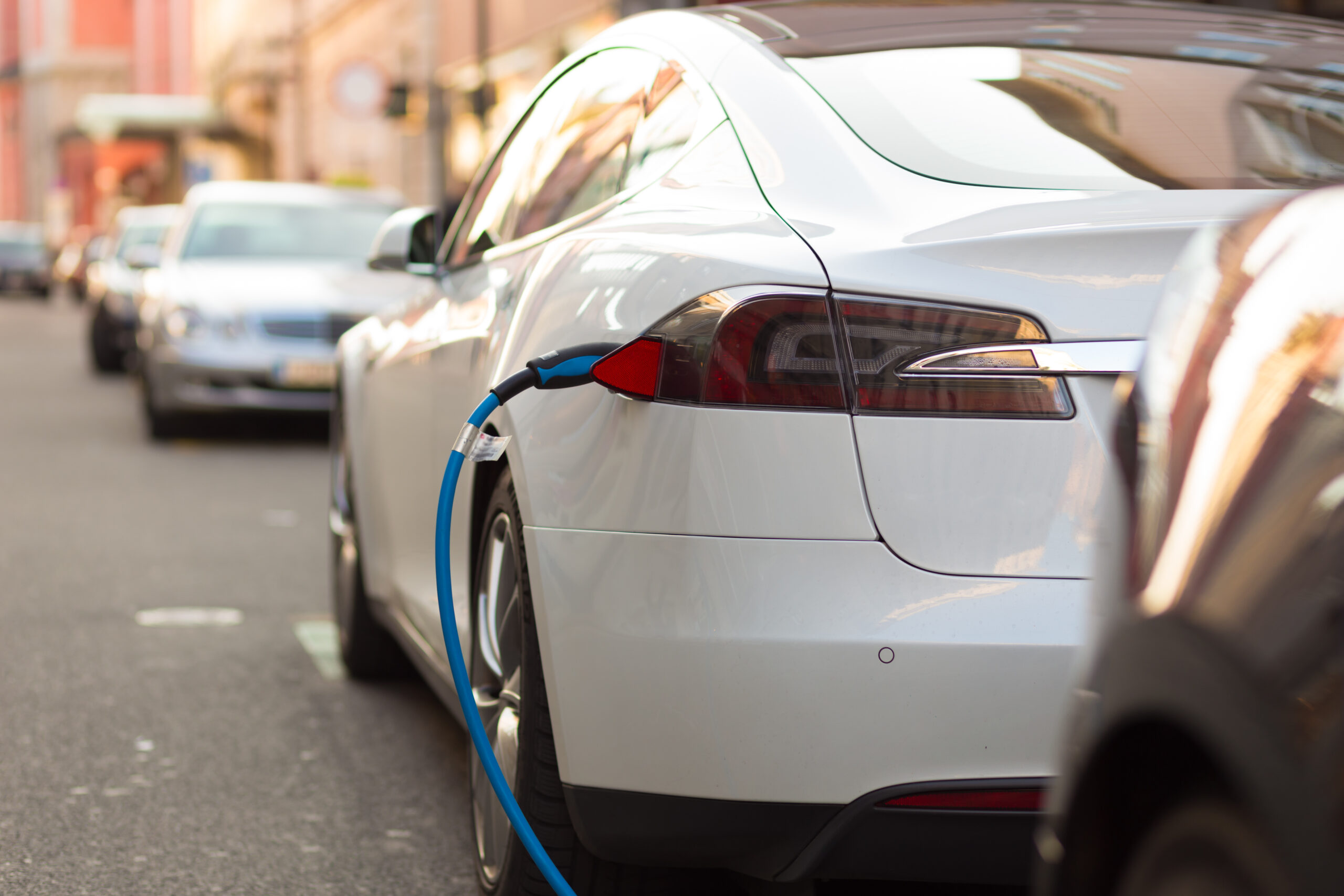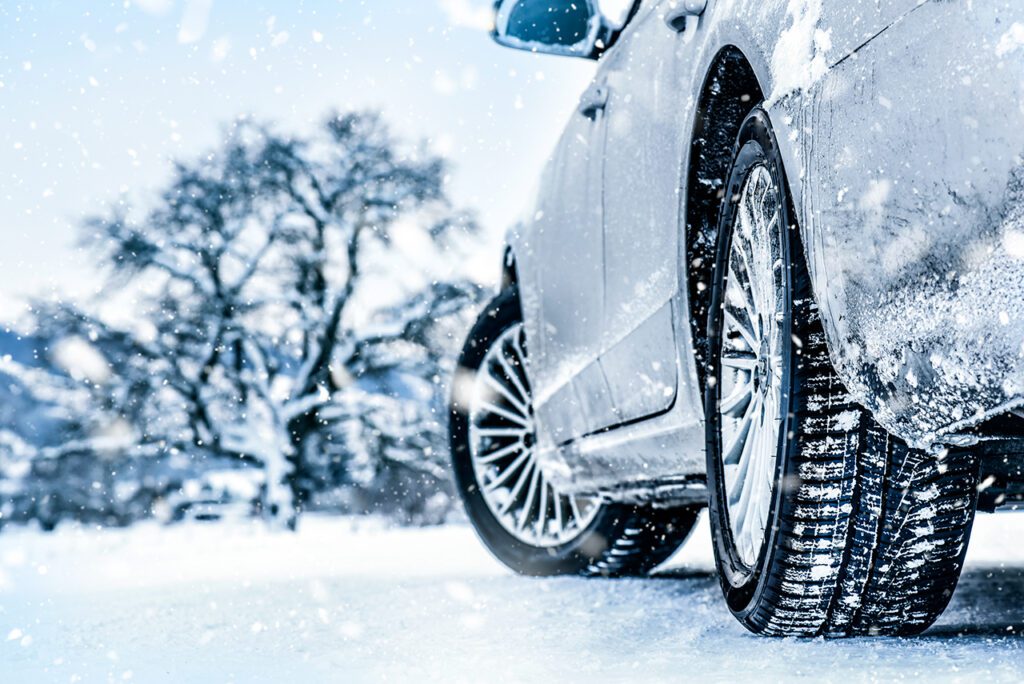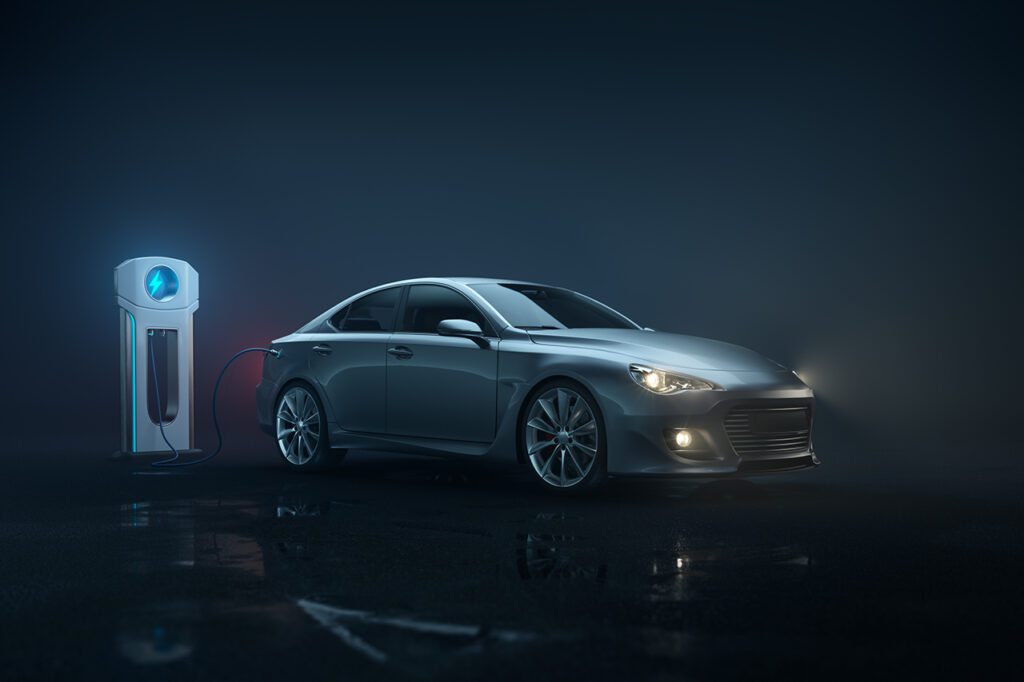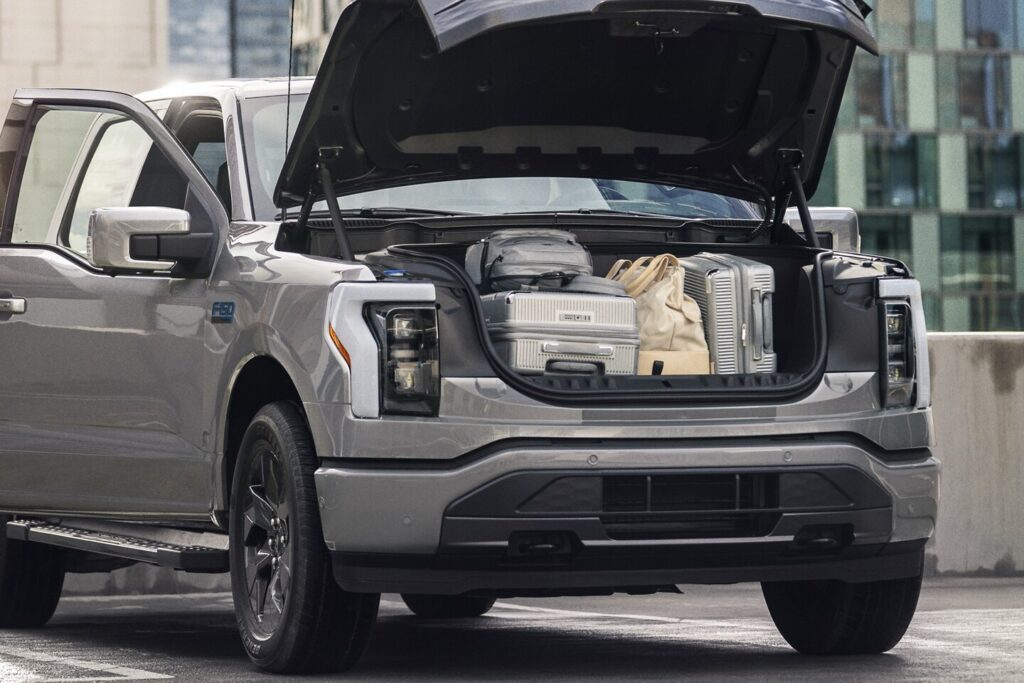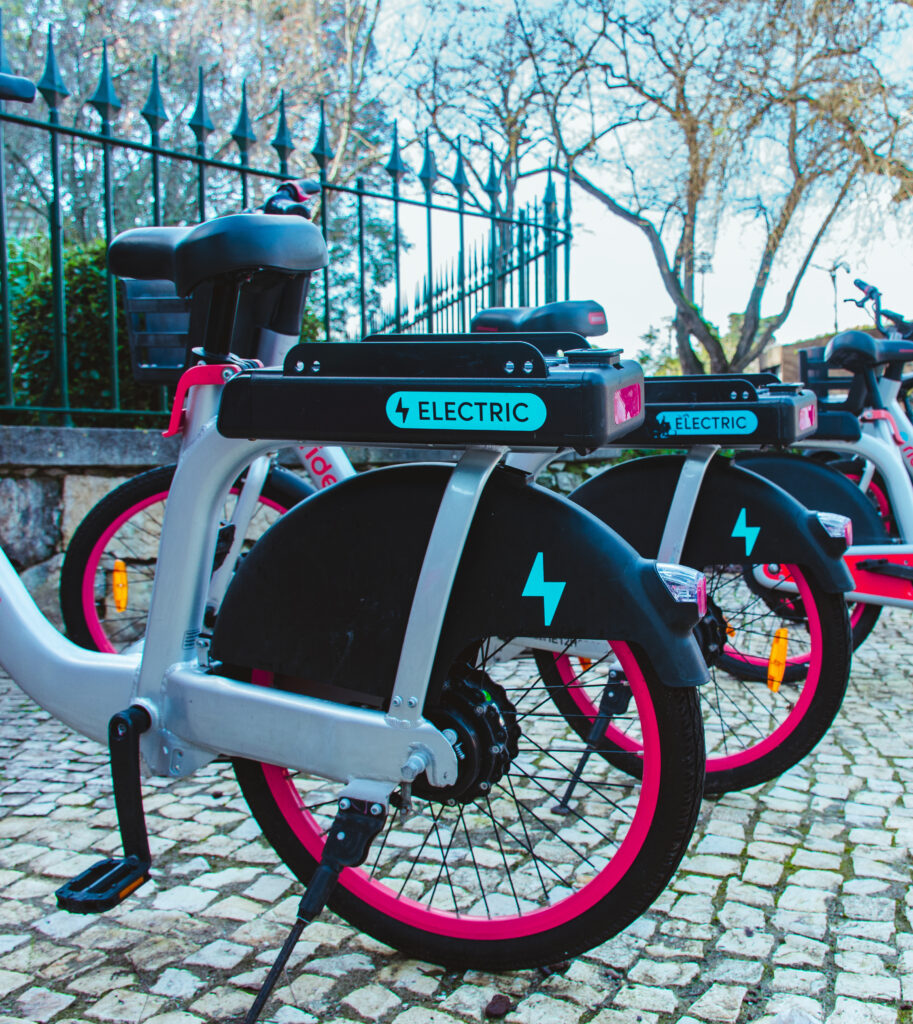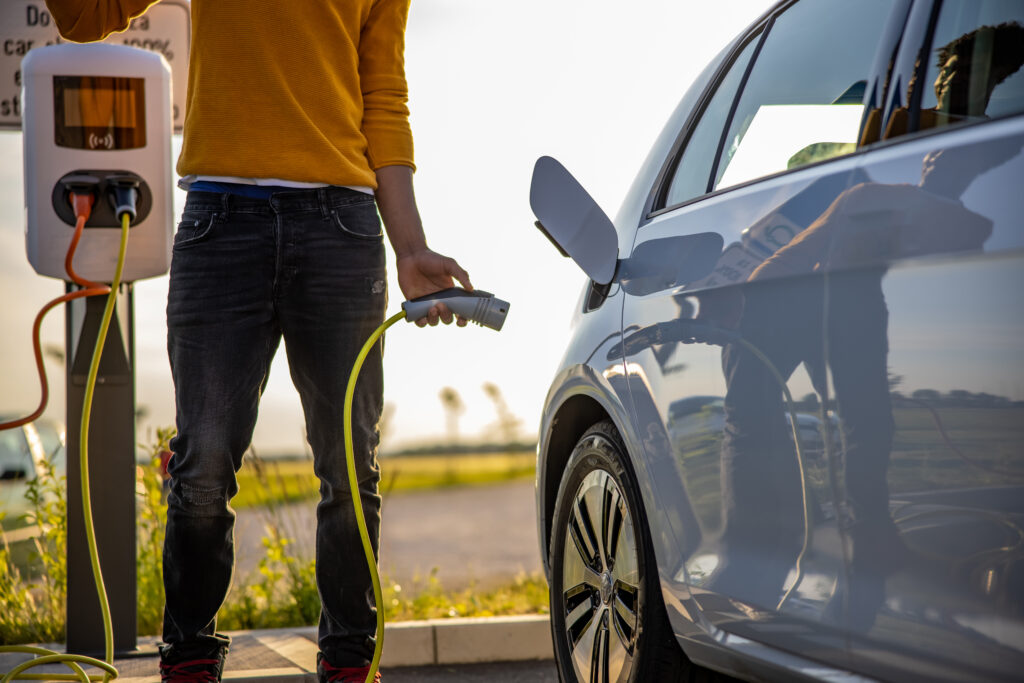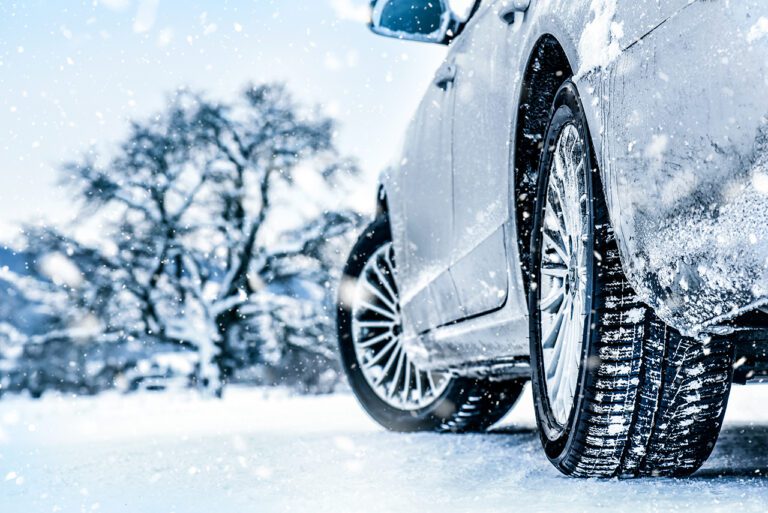
Are electric cars good in winter? It’s a common question for those who own or are thinking about purchasing an EV. If you’ve ever left a charged cellphone in a cold car overnight and been greeted the next morning with a dead phone, you’ll understand the curiosity.
Yes, just like your phone, cold temperatures can affect the lithium-ion batteries in EVs. However, this doesn’t mean your vehicle won’t survive the winter. Depending on your driving habits, you may not even notice a drop in performance. You can also work around any lost output by simply planning ahead.
How Winter Affects Electric Cars
Before we delve into the why, let’s first investigate how electric cars are impacted by winter weather. Though there may be some concerns over how these cars perform on wintry roads (we’ll get to that in a bit), the main issue is that cold temperatures may reduce the distance an EV can travel on a full charge, or it’s driving range.
Although some of the latest EVs boast driving ranges over 500 miles and charging infrastructure is developing throughout the country, range anxiety remains a primary concern for many consumers, so a reduction in driving range is no small issue.
How much of a performance drop does cold weather have on electric car batteries? Research by AAA found the average electric vehicle’s driving range decreases by 41% when the outside temperature dips to 20 degrees and the car’s heating system is on.
Why Winter Affects Electric Cars
Electric car batteries are hampered by winter weather in two ways. First off, cold temperatures create resistance against the battery’s chemical reactions, slowing down the energy-producing process.
It’s the increased demand of operating in cold temperatures that takes the greatest toll. Driving a vehicle in frigid weather requires more power, particularly when it comes to keeping the car warm. In a gas-powered car, the engine creates heat, which can be redirected into the cabin when it’s cold outside. Without an engine, most electric cars depend on their batteries to power energy-intensive resistance heaters.
The winter season brings plenty of other, not-so-obvious power demands. Less daylight requires headlights to run longer, for example, and lower temperatures can lead to more condensation on a car’s glass that will call for defogging. More power going to other parts of the car means less power going to the motor.
Are Electric Cars Good in Snow?
Acclimating to frigid temperatures is just one aspect of winter-weather driving. The other is navigating snow- and ice-covered roads.
Once upon a time, electric vehicles had reputations as less-powerful cars that you didn’t want to take out on anything but a pristine strip of pavement. Those days are long gone. After all, there are now fully electric pickup trucks on the market. In fact, because their batteries are usually located under the floor, electric cars generally have a lower center of gravity than gas-powered vehicles, which can result in better handling.
“Electric vehicle owners I have talked with have told me that their electrics handle winter easily,” said John Paul, AAA’s Car Doctor. “This is the same experience I’ve had during my car evaluations.” For example, Paul evaluated the Ford Mustang Mach-E in winter weather conditions and found the optional all-wheel-drive system performed extremely well.
Winter Weather Workarounds
There are several easy steps to take to improve your electric car driving experience in the winter.
Don't Let the Battery Charge Drop Too Low
An electric car reserves about 15-20% of its charge capacity to heat the battery itself. Make sure you’re well above that level before heading out.
Be Smart With the Heat
Park in a Garage
Batteries perform best in moderate temperatures. Keeping your vehicle out of the cold will allow the battery to charge faster and hold the charge for longer. Also, it takes less energy to keep a car warm than to get it warm, meaning the battery won’t be taxed raising the cabin’s temperature.
Inflate Your Tires
This should be done by all motorists throughout the year, but it’s particularly important in the winter. The air in your tires contracts in colder temperatures, causing air pressure to fall. Only with fully inflated tires will you get the most efficient drive.
Utilize Eco-Mode
Many of today’s electric cars come equipped with an eco-mode, which extends driving range by limiting the car’s energy consumption.
Switch to Winter Tires
If you’re still concerned about driving through snow and ice, Paul suggests focusing less on your car’s source of power and more on the part of your vehicle that touches the ground. “Just like with any vehicle, your winter weather driving experience can be improved immensely with the addition of four winter tires,” he said.
So, Are Electric Cars Good in Winter?
What we need and want from our car varies from person to person. That said, AAA advises drivers not to give electric cars the cold shoulder solely because of any winter struggles — driving them this time of year simply requires a touch more preparation.
It’s also easy to forget the lead batteries found in gas-powered vehicles are impacted by cold weather, as well. Yet you wouldn’t avoid your car in the winter out of fear the battery won’t start. (Nor should you – without driving regularly, your car battery won’t maintain a full charge.)
Furthermore, technology is continually improving, making battery capacity and driving range less of a concern. Some electric car companies, for example, are now using heat pump systems that require less energy than resistant heaters.
And finally, Paul reminds us that the drop in driving range doesn’t occur with the flip of a switch. “Yes, range changes in the winter, but just like the temperature, it changes gradually. As the outside temperature drops from summer temps in the 80s to fall temperatures in 50s and winter temps in the 20s, you get acclimated to the change in range.”
AAA’s Recommendation: Whether you own an electric vehicle or a gas-powered car is up to you – and you should consider lots of factors in making that choice. No matter what type of vehicle you’re choosing, we recommend visiting a dealership, test driving one, and asking as many questions as possible to make an informed decision.











